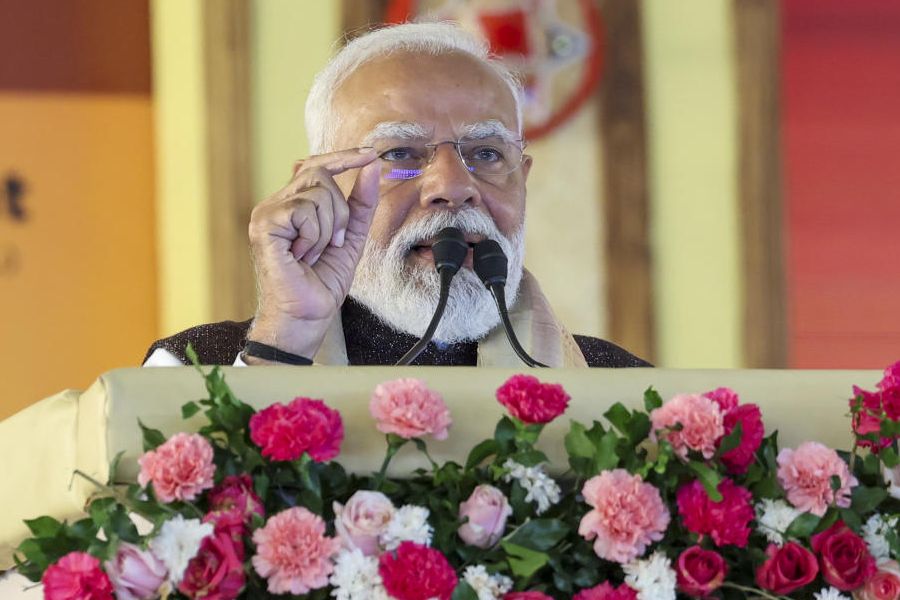 |
Keita Daito Island is one of the loveliest, loneliest and most remote spots in Japan, and it was hard to understand what Naomi Tanaka and her two male-companions were doing there.
Naomi, a woman of 34, and the two men, aged 19 and 32, turned up at the Hamayuso B&B early in the morning on Saturday, May 28. They took a single room for one night and paid in advance. Then they hired bicycles and rode around the tiny Pacific island, 400 km (240 miles) from the larger island of Okinawa. They ate a dinner of sushi, with miso soup and pumpkin, and a breakfast of grilled fish, fried egg and rice the next morning. They smiled and thanked the staff and slipped out unnoticed later, leaving their key on the counter. Then they walked to the island’s most famous beauty spot, the crumbling ruins of an old warehouse overlooking the Pacific.
A female tour guide came across them a few hours later hanging side by side from a 10 ft high beam. The police flew in from Okinawa and made the identifications. And then came a further horror.
Naomi’s home was 1,500- km away in the northern Japanese city of Niigata, where the day before, a terrible discovery had been made. Hidden in a cupboard was the body of her six-year-old daughter Koyuki, strangled to death. It seems that Naomi Tanaka, in a fit of suicidal despair, had killed her child, then flown to Kita Daito to kill herself.
Murder-suicides, or “family suicides” as they are known, do occur from time to time in Japan. But what was most alarming to the Japanese was that Naomi’s companions in death were strangers to one another who had met and planned their suicide on the Internet.
Reports of Internet suicide pacts began appearing about five years ago, but in the past few weeks the trickle of disturbing stories has turned into a gush. According to the Japanese police, there were 34 cyber suicides in 2003, 55 last year and 59 in the first four months of this year alone.
The National Police Agency has established a unit to deal with the problem. Suicide websites have been closed down by their Internet service providers (ISPs), and police have succeeded in intercepting a handful of would-be suicides by tapping into their computers and into suicide websites.
Japan has long had one of the highest rates of suicide in the developed world, but even here the Internet fad is a cause for bafflement and alarm. “The Internet creates a fictitious world, where people can easily lose sight of reality,” says suicide counsellor Yukiko Nishihara. “Discussions held on suicide sites tend to create an emotionally draining downward spiral for the people involved.”
Most sites operate through Japanese ISPs, but the domain names reveal Japanese language suicide sites hosted in Britain, the US and Germany. Visitors post a message, with or without their e-mail address, then wait for the replies. “I’m tired of living,” reads one posted recently through a British ISP. “My name is Yuki and I’m 19 this year. If there is someone who intends to commit suicide by jumping, please mail me. Don’t contact me unless you are serious.”
On May 20, another site contained a much more specific invitation. “Let’s die in Okinawa,” read the message by a 32-year-old man. “Let’s go out together near the beautiful Okinawan sea. I can pick you up if you don’t have enough money.” For Naomi Tanaka, and the unnamed 19-year-old boy, it was an offer too good to refuse. Nine days later, all three of them ? and six-year-old Koyuki Tanaka ? were dead.
Why the compulsion to die in a group? “There are people who want to die, but give up at the last minute,” says Shibui. “If there are others there,they’re more likely to go through with it.”
A police attempt to crack down on the websites has foundered on the lack of legal powers ? it is not illegal to commit suicide, and nor is it against the law to discuss or plan it. Assisting suicide is a crime, however.
Kenji is a 27-year-old man who may have had his life saved by the Internet. We meet through a suicide website where he has posted a message. Kenji’s depression began at school when he was bullied by his fellow pupils and ignored by his teachers. He drifted through college, and a series of jobs. He lives with his parents, has no close friends and works in a fish sausage factory. He has been contemplating suicide for most of his life.
Once he took a lot of medicine for colds, washed down with whisky. He has cut his arms, and made a noose out of a plastic rope, although his nerve failed him at the last minute. Finally, he settled on the charcoal burner, and set about looking for companions to die with.
And through the Internet, he has corresponded with many people who have the same preoccupation. In two years, the friendless Kenji has made 50 e-mail contacts. “Sometimes we’re very positive. We encourage one another, and say that we must live. Some of these people are looking for someone to die with, but I think that it reduces the number of suicides.”
But what about Naomi and little Koyuki Tanaka and the 14 teenagers who are known to have died in cyber suicide pacts? Would they not be alive now, if it were not for the Internet?
Perhaps there is a balance to be found between the dark and bright sides of the Internet, its potential for communication and destruction. But in Japan, at least, that balance has not been found.
? The Times, London











